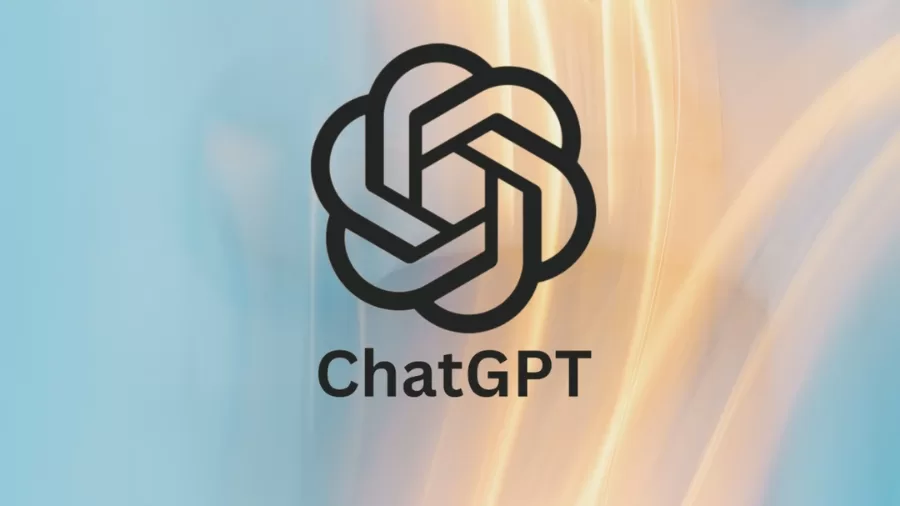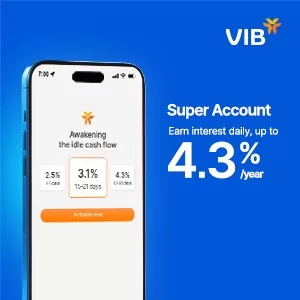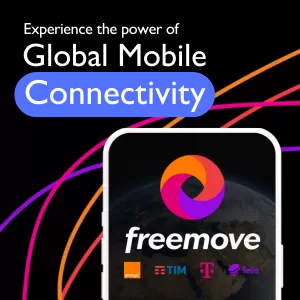Technology
ChatGPT Opens the Classroom: Inside Its New Real-Time Learning Revolution

- The newly launched feature in ChatGPT, known as ‘Study Together’, will foster an interactive learning environment as it questions and leads a user through a topic, with the exciting prospect of further shared sessions.
- This development might change how students, teachers, and e-learning platforms collaborate in the digital realm and peer-like environments.
OpenAI, the organisation behind ChatGPT, is trying out a feature called “Study Together”. The feature places interactive learning on a pedestal by asking questions to direct the users, possibly to be used in collaborative environments someday.
Found in the tool selection menu, the feature currently allows an individual user to undergo a question-based learning session, but there is speculation that it might get extended to multi-user sessions in the future. Very few details are available currently on the multi-user voice, video, and content share side, but as of now, the feature includes text-based interaction only and question/feedback generation by AI.
According to reports, the feature is at a very early stage, and OpenAI has not released detailed public documentation yet. But early indications show that the feature is meant to promote interactive learning and may, in the future, provide group support.
What Makes This Feature Significant for Education Platforms
For companies that create or manage educational tools, especially in online learning, the implications of this test are worth noting. The tool introduces an interactive aspect to AI-powered learning, which until now has largely been an individual activity, with potential for future collaboration.
Some specific-use applications to explore may include:
- Promoting interactive learning: The feature encourages active student engagement by way of guiding students with questions or feedback, and group or collaborative learning could be an option one day.
- Developing co-learning content: Companies that provide content, such as those offering language practice exercises or test-prep materials, could convert their offerings into content to be used in group settings.
- Exploring integration possibilities: Depending on the feature, a given platform might consider whether it fits within the areas of content they can develop or acquire or as a collaboration. These may be Coursera, edX, or Khan Academy.
Comparing ChatGPT’s Study Feature to Existing Collaborative Tools
There are already several tools that support digital collaboration, including Notion, Focusmate, and Google Docs. Yet ChatGPT makes the concept even grander by inserting artificial intelligence into the idealised shared space.
In the ‘Study Together’ mode of ChatGPT, students work with an AI which questions them and gives feedback, possibly to be seen in a shared mode later. This differs from the traditional collaboration tools, where the AI is an active participant during the session.
Users engage with AI-generated questions and receive tailored understanding feedback, with the potential for future multi-user observation, thus establishing an environment where AI-generated questions and feedback spur critical thinking and may foster transparency in group interactions later on.
Assessing the Demand for Shared Learning Environments
Although this is a new feature in ChatGPT, the demand for co-learning spaces is not new. Many examples suggest a clear interest in communal focus tools and digital study groups.
Here are some verified user engagement statistics:
- Pomofocus, a popular browser-based Pomodoro timer, is widely used for structured study sessions, reflecting the demand for focused learning tools.
- On YouTube, the channels that offer a live “Study With Me” setting tend to garner around a hundred thousand views per session, with some channels having dedicated followings.
- The server called “Study Together” on Discord counts more than 500,000 members, many of whom come in and hang with one another in study rooms.
Speaking loudly about those platforms demonstrates that students, remote workers, and neurodivergent individuals crave social accountability and structured peer engagement in digital settings.
Potential Use Cases for Brands and Educational Creators
The ‘Study Together’ feature is not only relevant to students and educational platforms. Brands and creators who work in the education, wellness, or productivity sectors can consider how this feature might support community-building and product engagement.
Here are some examples of what organisations might do:
- Create brand-hosted study rooms where users can participate in guided sessions related to the brand’s area of expertise. For example, a health brand might host sessions on nutrition topics or mental well-being.
- Develop custom prompt libraries designed to help users engage with specific subject matter. A financial education platform might provide daily budgeting or saving challenges.
- Build community campaigns around shared learning. This can involve themed weeks, learning sprints, or group tasks supported by AI-generated resources.
How Shared AI Interaction Might Affect Remote Work Collaboration
The potential impact of this feature goes beyond student learning. Remote teams and distributed workplaces may also benefit from shared AI access.
Here’s how it could work:
- Teams could potentially use future shared GPT sessions to collaborate interactively with AI if group functionality is implemented.
- This makes thinking processes transparent and can improve collective understanding, especially in areas like planning, research, and brainstorming.
- It reduces the need for synchronous meetings, replacing them with asynchronous yet visible AI-assisted work.
This approach does not replace video calls or project management tools, but it offers a supplementary space where knowledge is not only created but also shared in real time.
Key Considerations for Platforms Interested in This Feature
For organisations considering the potential of shared AI spaces, there are several concrete steps to take:
- Design content for GPT-based group learning: Keep the language clear, the tasks modular, and the structure easy to follow.
- Build prompt collections aligned with your brand’s mission and expertise. This allows participants to explore topics in structured ways.
- Run test sessions with user groups to observe how they interact with GPT’s question-based learning and gather feedback for potential shared spaces.
Whether you are a coach, a teacher, or a brand running a digital campaign, this model offers new formats for user engagement without the need for additional infrastructure.
For Educators, Tutors and Online Creators
Many digital educators already use platforms like Zoom or Discord to run live classes and community events. With the ‘Study Together’ feature, a lightweight, AI-supported tool for interactive learning is emerging, with potential for shared sessions.
Educators could:
- Host group writing sessions using GPT to generate ideas or improve drafts.
- Conduct feedback sessions where GPT provides tailored responses to individual users, with the potential for future group interactions.
- Organise prompt-based workshops on creative, academic or professional skills.
The low barrier to entry allows for experimentation. No coding or app development is required. You can start with AI-guided prompts and objective and motivated users, with potential for future group collaboration.
Important Limitations and Ongoing Questions
As of July 2025, the ‘Study Together’ feature is still in testing and is not widely available.
Some open questions include:
- Will the feature remain free or shift to a subscription-based model?
- Will OpenAI introduce privacy controls for more sensitive content?
- Could integrations with platforms like Discord or Zoom make the feature more versatile?
These questions will likely be answered in time as OpenAI gathers user feedback and expands the scope of the feature.
For now, interested users and developers can monitor updates through OpenAI’s announcements and stay active in communities that experiment with GPT-based tools.
Final Observations
ChatGPT’s ‘Study Together’ feature introduces a new way of learning through AI-guided questions, with potential for future collaborative learning. It enhances the individualised experience of using AI as a study assistant, with the potential to explore group collaboration in the future.
This is not a full product yet. It is a test. But it reflects a meaningful shift in how digital tools may support collective activity in the future.
If you are involved in education, digital collaboration, coaching or content creation, you may want to begin exploring shared AI formats today.
As the digital learning space evolves, features like these will influence the direction and expectations of platforms, educators, and users alike.




















































